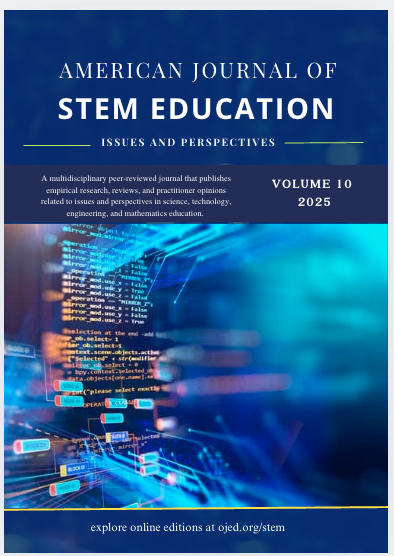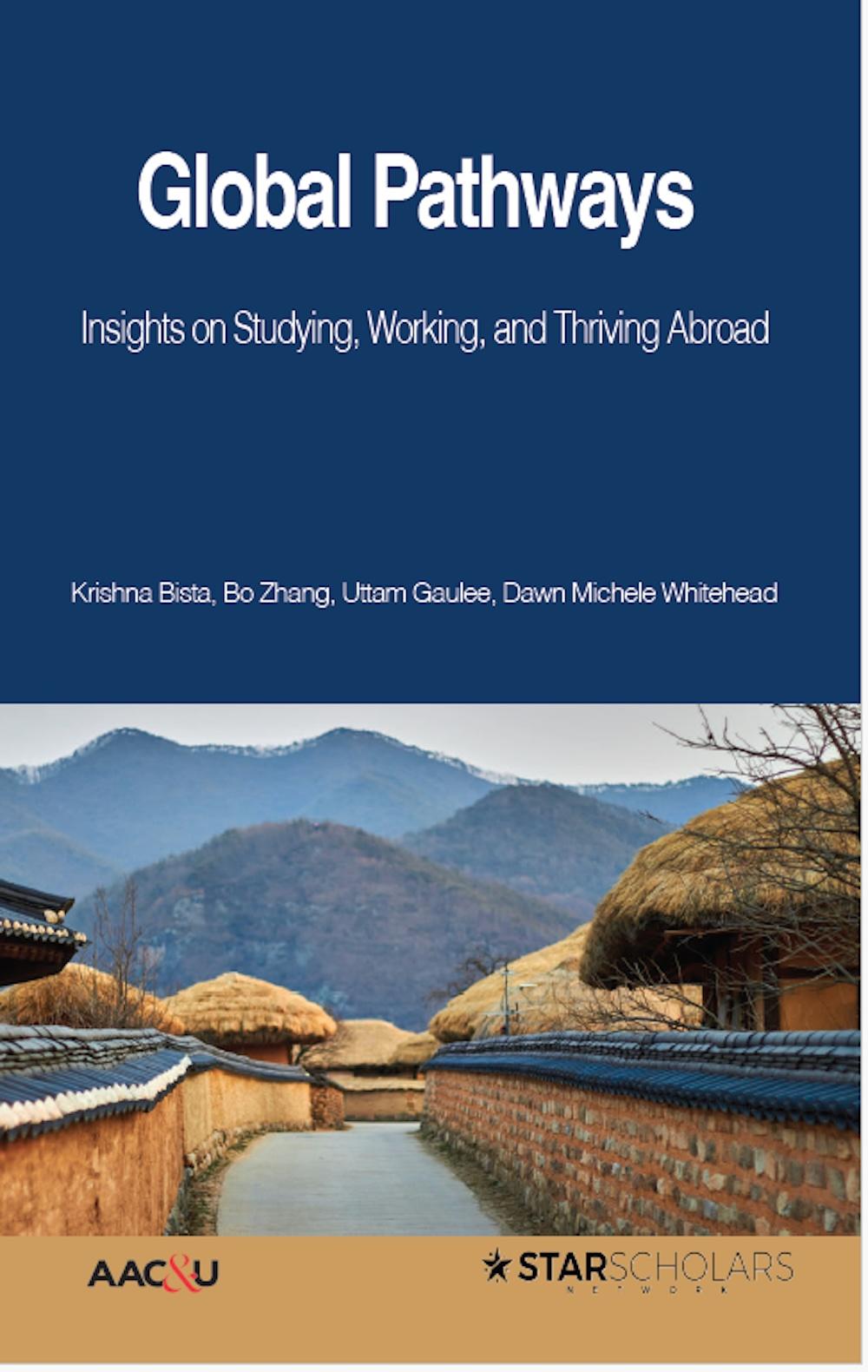Voters’ perception and women's electoral success in Nepal
An econometric analysis
DOI:
https://doi.org/10.32674/Keywords:
Election, gender, inclusion, ordered logit, voter’s perceptionAbstract
This research explores the socio-cultural and institutional barriers to women's electoral success in Nepal, focusing on voter perceptions of female leadership. It aims to estimate the likelihood of voting for women candidates in the existing socio-economic and political dynamics. The study employed a quantitative research design. An ordered logistic regression model analyzed responses from 385 individuals from the Rupandehi district, utilizing a structured questionnaire. Findings reveal surprising trends, notably that female respondents exhibit a lower likelihood of supporting female candidates, indicating internalized biases and societal expectations regarding gender roles. Male respondents show varied biases influenced by education and occupation. The research highlights those patriarchal norms significantly hinder women’s political support, while positive factors like social media engagement can shift perceptions over time. The study highlights the urgent need for targeted interventions, such as expanded gender quotas and awareness campaigns, to address systemic biases and enhance women’s political representation.
Downloads
Published
Issue
Section
License
Copyright (c) 2024 Interdisciplinary Journal of Innovation in Nepalese Academia

This work is licensed under a Creative Commons Attribution-NonCommercial-NoDerivatives 4.0 International License.
Upon publication articles are immediately and freely available to anyone, anywhere, at any time. All published articles are licensed under a Creative Commons Attribution-NonCommercial-NoDerivs 4.0 Unported License. All articles are permanently available online. The final version of articles may be posted to an institutional repository or to the author's own website as long as the article includes a link back to the original article posted on OJED.






